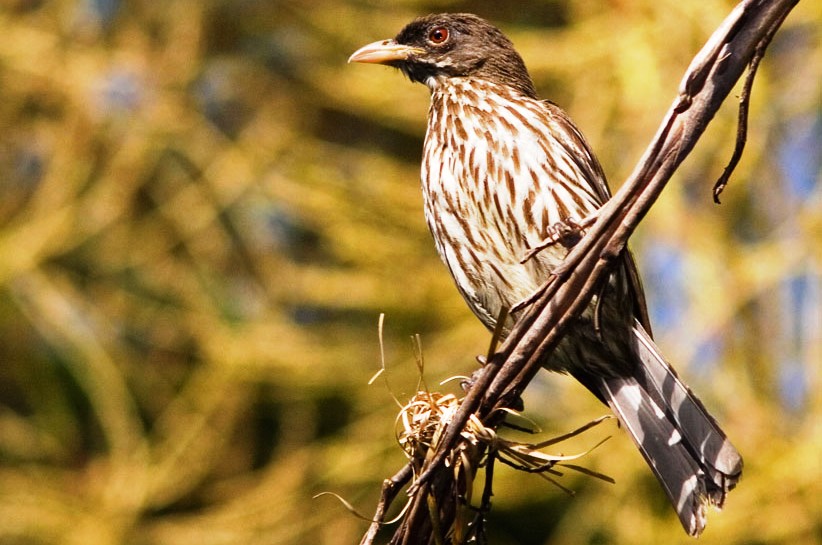At about the same age Spencer Schubert was grasping the concept “what goes in must come out,” he was introduced to ornithology – the study of birds. Decades later, Schubert, an Old Dominion University Ph.D. student in ecology, is combining two ostensibly disparate subjects into a research project.
Schubert hopes our feathered friends can help seed dispersal and reforestation efforts in the Dominican Republic – naturally. [This is as opposed, for instance, to the use of drones for reforestation, which has been previously documented here and here in REVITALIZATION. The seminal 2002 book, The Restoration Economy, discussed birds’ role in reforestation. It revealed that the dispersal via avian poop is referred to by restoration ecologists as “seed rain“.]
“Birds’ ability to fly long distances and visit a variety of habitats in a relatively short period of time makes them great seed dispersers from the perspective of the plant, and these two groups have evolved to a mutualism for which they depend on the other,” Schubert said. “In exchange for their seed-dispersal services, birds are rewarded with a food supply. I want to see how that beneficial relationship can help poor countries in their replantation efforts.”
As the market for livestock in South America increases, cattle farming is the leading cause of deforestation in the tropics, leading to abandoned pastures throughout the area.
Conservationists eye those blank plots as key to their reforestation efforts, but costs can be prohibitive when incorporating nursery, transplantation and maintenance expenses.
Schubert looked at another, novel approach to reseeding the open lands: modifying the environment to encourage birds to reseed the abandoned pastures through their feces.
“The first step to my research began about 18 months ago, when I got permission to do studies on a single, large cattle farm near Jarabacoa, Dominican Republic,” he said. “The land owner agreed to let me fence off small sections of existing pastures to study seed dispersal and forest regeneration in the absence of human management and grazing.”
After studying isolated trees on the land, and how the seeds fell underneath it, Schubert learned more about the process.
“Both seeds and tiny seedlings were everywhere, but most of them didn’t survive. My findings suggested that most of them lost their battle when facing thick, tall grasses that are typical of these pastures,” Schubert said. “It’s not so important how many seeds arrived as how good the habitat was when they got there.”
Following his initial findings, Schubert decided to go a step further: he created artificial perches to increase the potential landing spots, and therefore, seed dispersal.
“An artificial perch is exactly what it sounds like: any man-made object or structure that birds can perch on,” he said. “The concept isn’t new, but it’s certainly free, given that I made the perches from sustainable bamboo, and the birds were doing what they do naturally.”
His research is ongoing and he’s grown accustomed to the culture and the language. He also knows how to work around the heat.
“Days there are long and laborious – it’s very hard work. Setting trails and bushwhacking up and down hills is tough,” Schubert said. “We go out in the morning, then return to do office work mid-day; then go back out to finish in the afternoon when the sun went down a bit.”
He has now spent over a year’s worth of time in South America, conducting his research, and is thankful for all of the assistance he’s received, but knows there’s more to do.
“With the support of Old Dominion University, funders, my partner organizations, and local farmers, our goal is to complete eight plots with artificial perches over the calendar year,” said Schubert. “We will continue to study the plots over the next two years with the goal of turning the project over to our local partners, arming them with new, cost-effective, bird-friendly techniques for forest restoration.”
Photo of Palm chat (Dulus dominicus) in Valle Nuevo, República Dominicana by Luis Alberto via Wikipedia.
This article by Betsy Hnath originally appeared on the Old Dominion University website.

